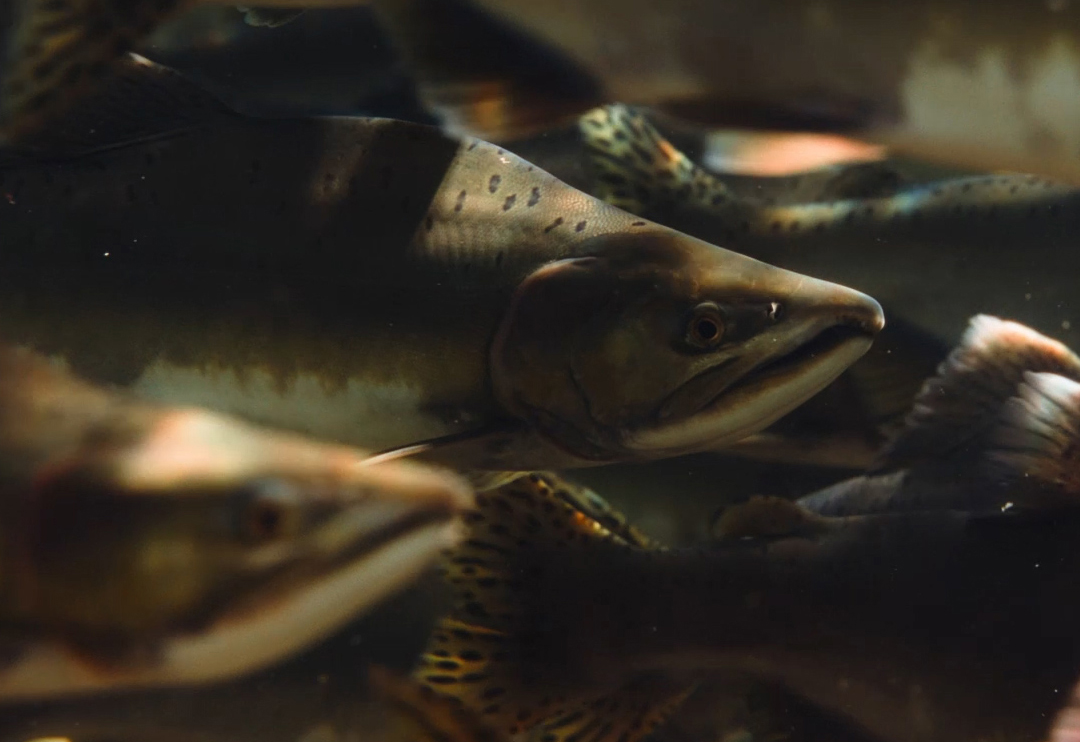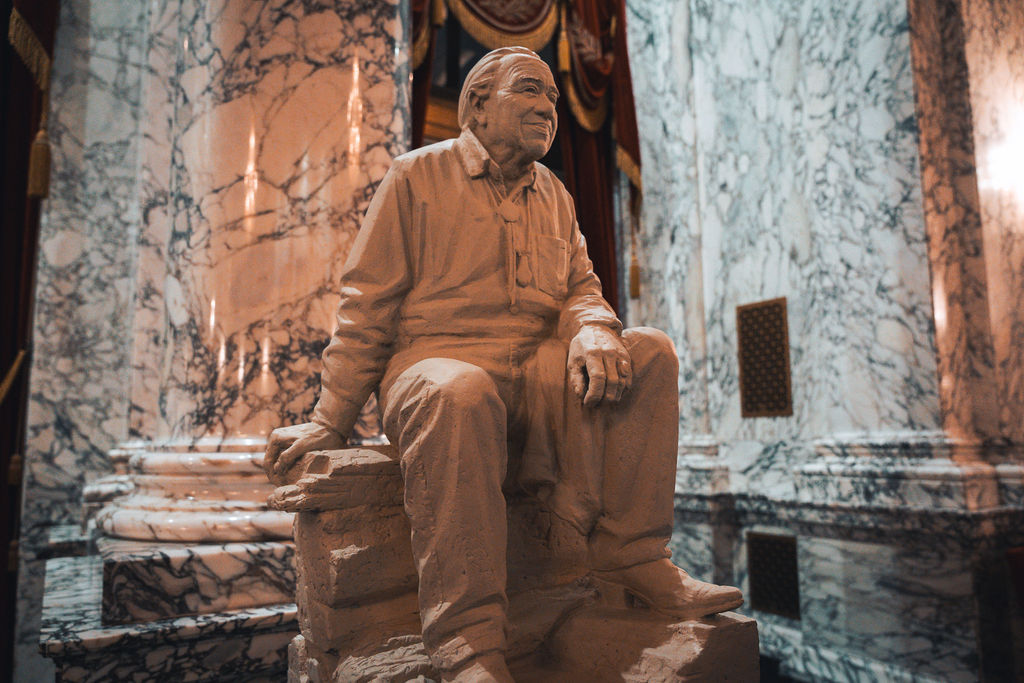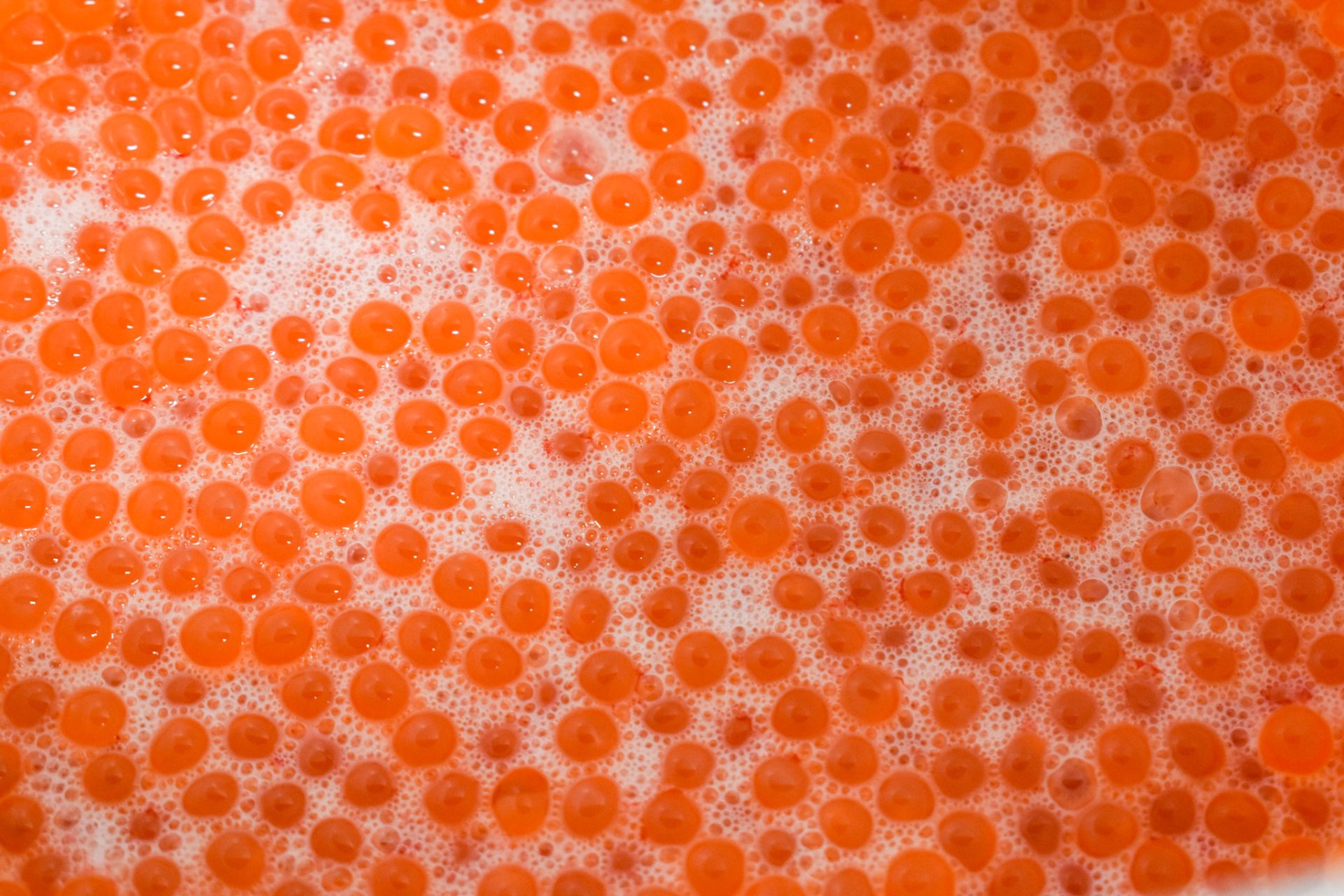Salmon are incredibly productive by nature. Give them some good habitat, manage harvest carefully, and they will thrive. We’re doing a good job with the careful harvest management part of the equation, but we’re falling far short on the habitat part of the problem.
Habitat destruction doesn’t kill salmon just once. It keeps on killing, every hour of every day, because it destroys the possibility that salmon can produce naturally.
Our limited, highly restrictive fisheries are a clear reflection of the amount of good salmon habitat and natural productivity that we have lost. We believe that harvest and habitat must be held to the same standard, and that our conservative fisheries must go hand-in-hand with strong efforts to restore and protect salmon habitat. Instead, harvest is being held to a higher standard, and that’s not right.
One of the biggest losses of habitat is caused by culverts that block fish from moving upstream. More than 2,000 culverts under state roads block access to hundreds of miles of productive habitat. Those streams could be producing thousands more salmon every year. The state let this happen despite the fact that one of its oldest laws makes fish passage barriers illegal.
The state has known for years that these culverts needed to be fixed. In 1995, the Departments of Transportation and Fish and Wildlife told the Legislature that culvert correction was one of the most cost-effective habitat restoration strategies available.
Two years later, state biologists estimated that every dollar spent in culvert correction would generate four dollars worth of additional salmon production. Recent studies confirm that fixing fish passage barriers provides us with a big bang for our money. Yet the state has dragged its heels. The agency with the most culverts, the Department of Transportation (DOT), has fixed less than 10 percent of its fish passage barriers over the past 50 years.
The problem got so bad that the tribes asked the federal courts to intervene. In 2007 a federal judge issued a decision saying that our treaty-reserved fishing rights prohibit the state of Washington from depleting the salmon runs by maintaining fish-blocking culverts under state roads.
So have things changed since that court ruling? Yes – but not for the better.
In the three years before the decision, the DOT fixed an average of 16 culverts each year.
In the next three years, the average slipped to only nine fixes a year. Meanwhile, the number of barriers reported under DOT roads has actually been going up each year. At this rate it will take more than 200 years to fix just the DOT’s culverts.
Until they are fixed we will lose hundreds of thousands of wild salmon each year. That’s important not only to the treaty tribes, but all citizens, as well as eagles, orca and many other species that thrive on abundant salmon.
Sadly, the state’s lack of response is not surprising. Washington has a long history of not listening to the federal courts when it comes to tribal treaty rights. The state also has a long history of losing court cases involving those rights.
Fix the culverts, state of Washington. The salmon can’t wait and neither can we.
Billy Frank Jr. is the chairman of the Northwest Indian Fisheries Commission.
(END)
For more information, contact: Tony Meyer or Emmett O’Connell, NWIFC, (360) 438-1181





4.5